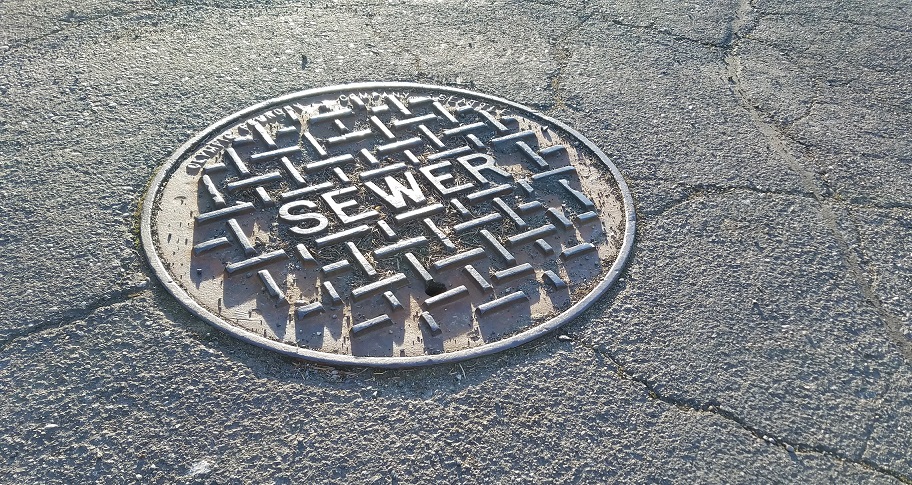
The SSS WDR represents the culmination of years of collaborative development between State Water Board staff, the public, and stakeholders. The State Water Board began public outreach for the reissuance process in 2018, and issued an informal draft Order in February 2021, delineating more prescriptive requirements than appeared in the prior permit.
Significant concerns from the regulated community largely regarding feasibility and cost of compliance were expressed, necessitating further input from stakeholders before additional revisions were released in October 2022. Continued public comment and guidance from stakeholders resulted in the release of two change sheets prior to the December 6th State Water Board hearing.
An additional third change sheet created during that meeting incorporated further changes to mitigate concerns raised in oral comments.
The proposed SSS WDR and the two change sheets issued prior to the December 6th meeting are available here. Change Sheet #3 is currently only available through video format here.
Some of the key requirements adopted in the new SSS WDR include:
The SSS WDR will become effective in May 2023. Those regulated by the SSS WDR should carefully review the permit to begin undertaking appropriate action to ensure compliance with new or revised terms. Attending regulatory training or trade association workshops are recommended given the detailed changes.
At the December 6th, 2022 meeting, public commenters requested the State Water Board provide further guidance for reporting requirements and also provide administrative assistance for disadvantaged communities.
Downey Brand will assist its clients with navigating these new requirements to ensure continued compliance, and we are happy to answer any questions.
This article by Downey Brand was originally posted on JD Supra and reposted here with permission.